Researchers at Yale University have developed a robot capable of melting its own limbs off to escape hazards.
From Superinnovators 23/09/24

Inspired by animals like lizards and crabs, the robot mimics their self-amputation tactics.
In nature, creatures shed body parts to escape predators or difficult situations, allowing them to survive and move forward.
This robot, designed by Professor Rebecca Kramer-Bottiglio’s lab, can release a limb if it becomes trapped, such as under a heavy rock.
The technology uses a specially designed thermoplastic elastomer that melts at high temperatures, allowing easy disconnection of robotic parts.
It can also enable multiple robots to join together, forming a structure to complete difficult tasks like crossing a gap.

In search-and-rescue missions, these robots can work together to navigate terrain that would otherwise be impossible for them alone.
The researchers also drew inspiration from ants, which form temporary bridges by linking together.
They believe this material could be applied to other soft robots for tasks requiring specific shapes or behaviours.
Future developments may see robots that self-reconfigure, further enhancing their adaptability in dynamic environments.
The findings from the project were published earlier this year in the journal Advanced Materials.
More info
You may also be curious about:
-
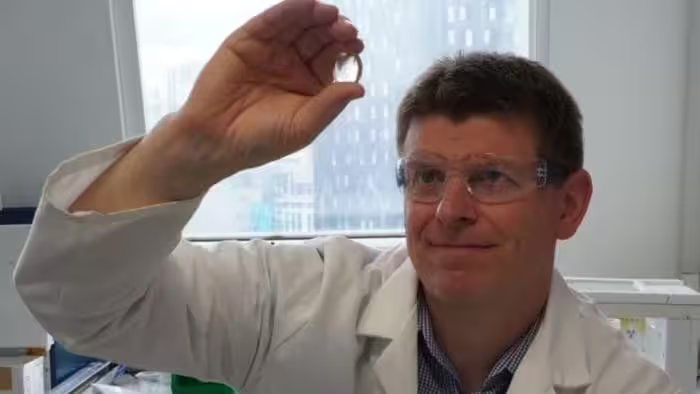
Aston University develops novel bone cancer therapy which has 99% success rate
-

‘Scuba-diving’ lizards use bubble to breathe underwater and avoid predators
-

ADHD headband aims to boost focus via 20 mins use per day
-

Research shows finger counting may help improve math skills in kindergarten
-

Zebrafish “taste” oxygen: A breakthrough in respiratory biology
-

Illuminated platform system shows you which carriages have more space
-
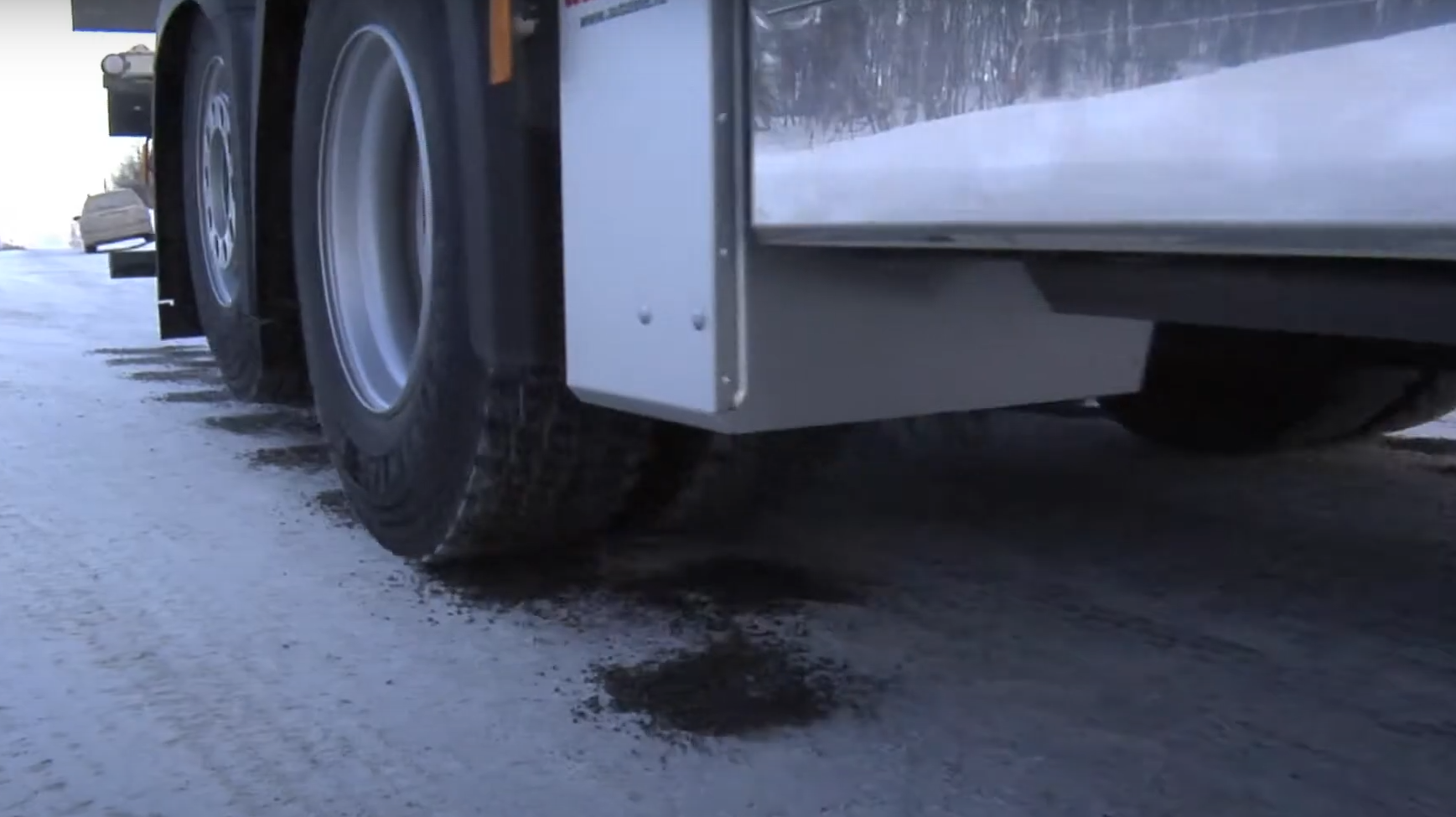
Personal gritter attachment stops trucks sliding in the snow
-
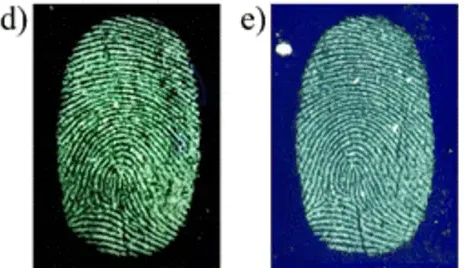
New nanomaterial could transform how we visualise fingerprints
-

Dams built to prevent coastal flooding can worsen it
-

Building clay walls with novel robotic ‘dropping’ technique
-
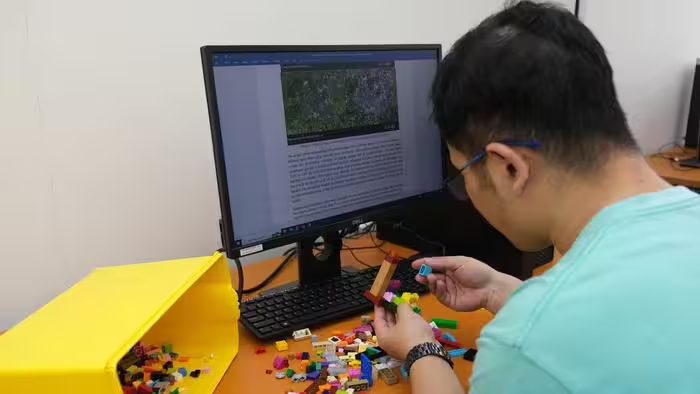
Indoor air pollutants could have an impact on creativity
-
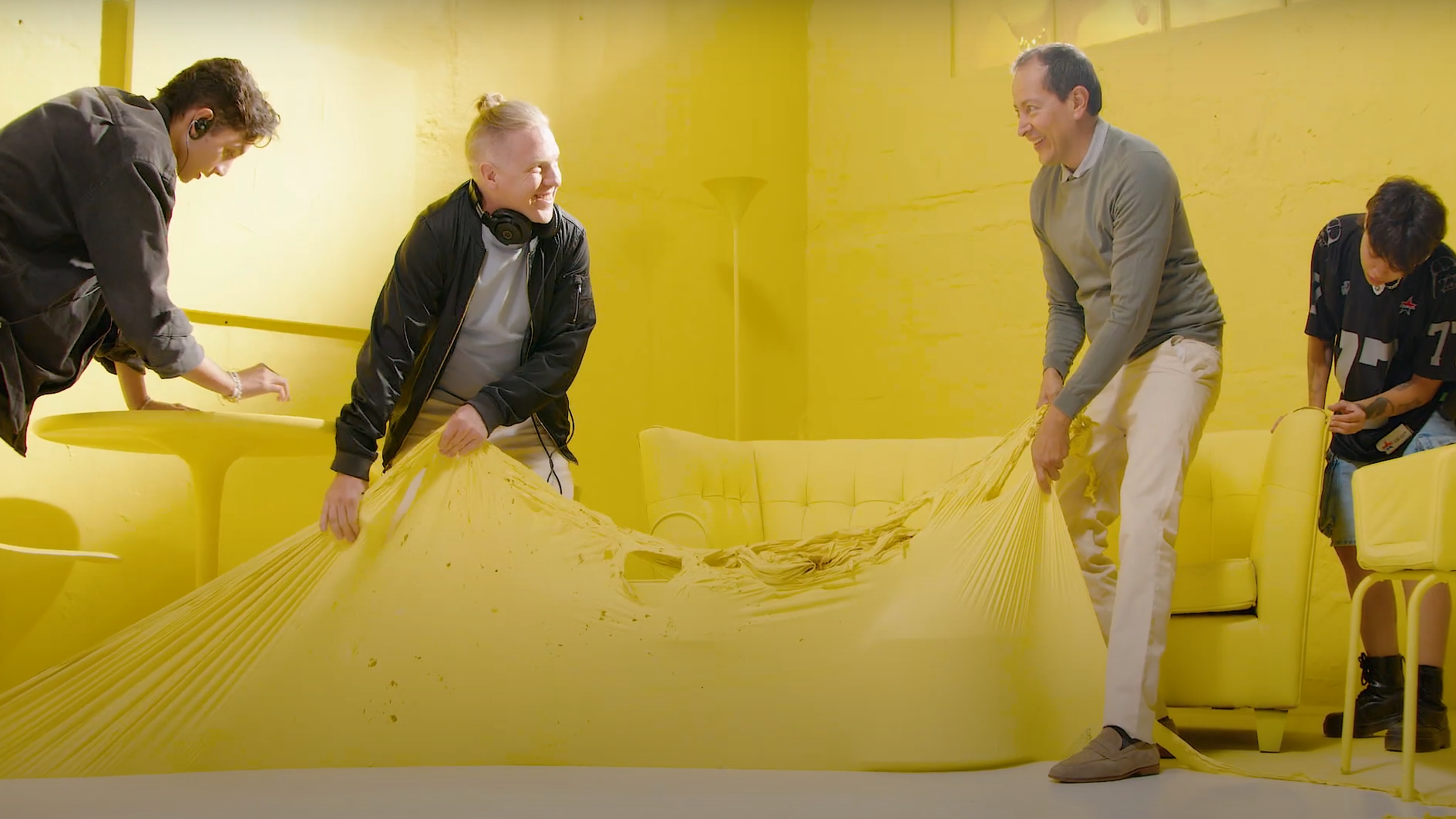
Peelable paint you can pull off whenever you like
